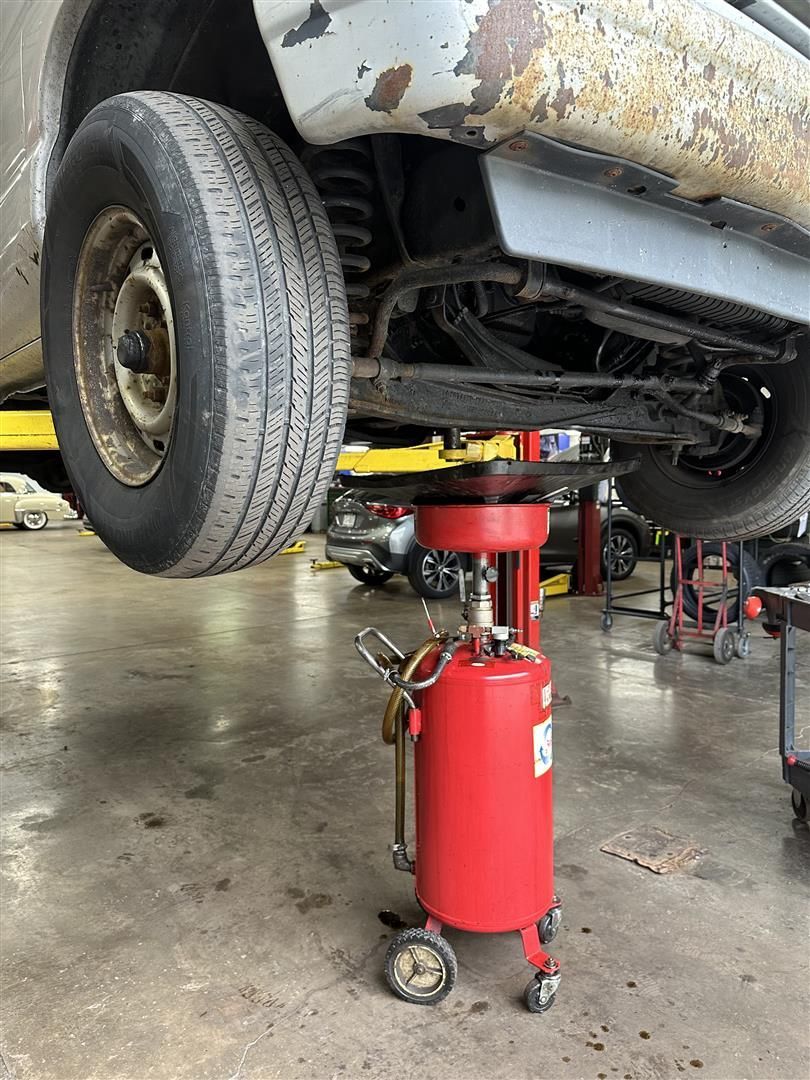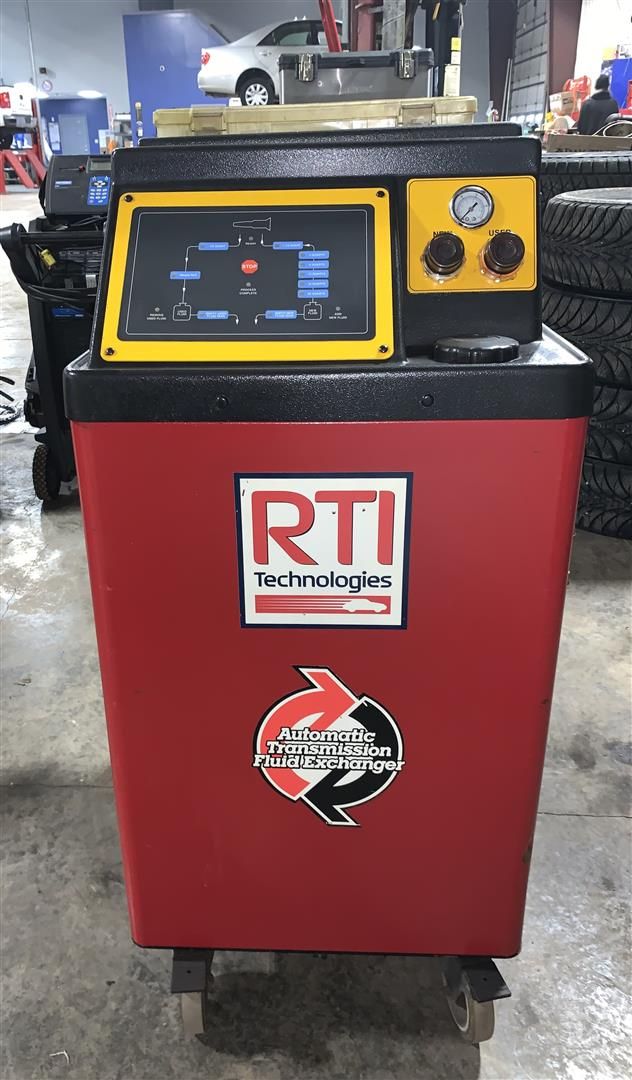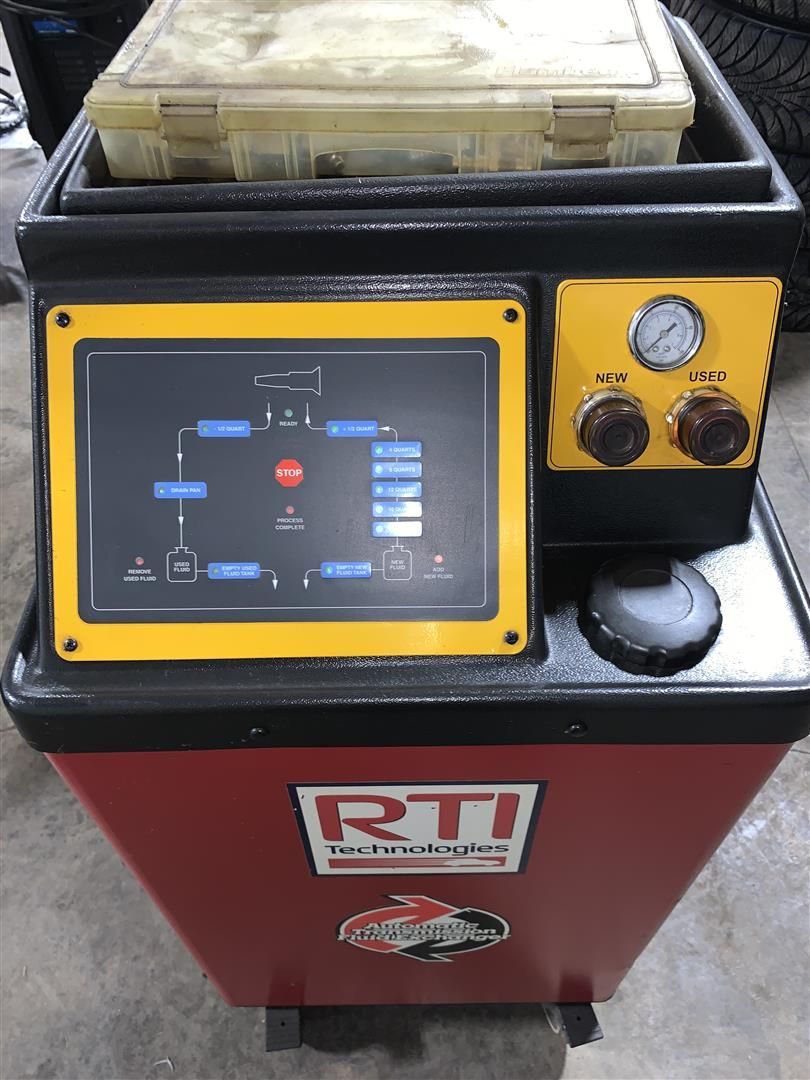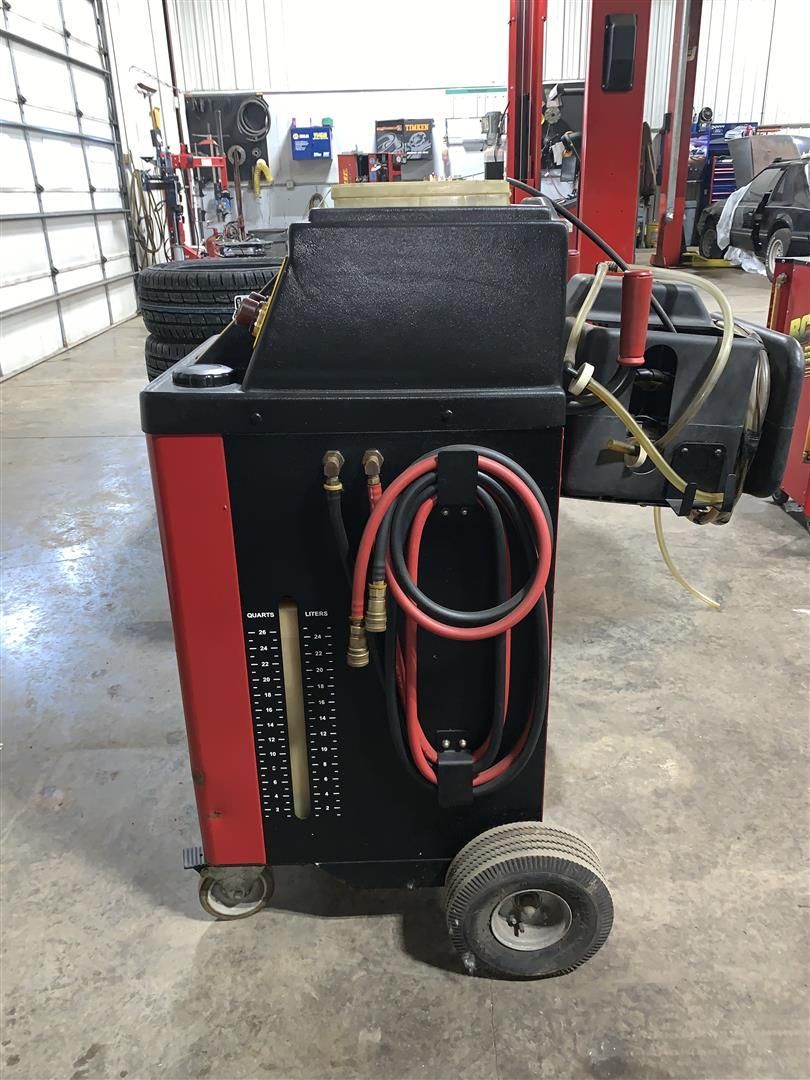
Maintaining your vehicle's transmission is crucial for ensuring its longevity and smooth operation . Two common maintenance procedures are the transmission flush and the drain and fill. While both change the transmission fluid, they differ in their approach and effectiveness. Let's dive into the details of each method to understand their differences better.
Transmission Flush
A transmission flush uses a machine to completely remove the old transmission fluid from the system. This process replaces the fluid by adding new fluid through the transmission cooler lines. And removes the old fluid at the same time. Here are the key aspects of a transmission flush:
- Complete Fluid Replacement: A transmission flush ensures that nearly all of the old fluid is removed, providing a thorough cleaning of the transmission system.
- Debris Removal: It helps to remove accumulated debris, contaminants, and sludge that might have built up over time.
- New Fluid: New transmission fluid is introduced, ensuring that the transmission operates with fresh and clean fluid.
- Effectiveness: This method is often seen as more effective in cleaning the entire system compared to a drain and fill.



Yet, there are some considerations to keep in mind:
- Cost: A transmission flush is generally more expensive than a drain and fill due to the use of specialized equipment and the large amount of fluid required.
- Potential Risks: In some cases, if the transmission is already experiencing issues, a flush might dislodge debris that could cause further problems.
Drain and Fill
A drain and fill is a simpler process where the old transmission fluid is drained from the transmission pan. And new fluid is added to replace the drained amount. This method doesn't use any machines. And involves removing a drain plug or the transmission pan to let the fluid out. Here are the key aspects of a drain and fill:
- Partial Fluid Replacement: Unlike a flush, a drain and fill only replaces a portion of the old fluid, about 30-50% of the total fluid in the system.
- Simpler Process: It's a process that can often be performed without special equipment.
- Lower Cost: Generally, a drain and fill is less expensive than a flush due to the reduced amount of fluid and labor involved.
- Maintenance Frequency: Since only part of the fluid is replaced, it may need to be done more frequently to maintain optimal transmission performance.
But, there are some considerations:
- Limited Cleaning: Because only a portion of the fluid is replaced, it may not effectively remove all debris and contaminants from the system.
- Fluid Mixing: The new fluid mixes with the old fluid, which might not provide the same level of performance improvement as a complete flush.
Which Should You Choose?
The decision between a transmission flush and a drain and fill depends on various factors. This includes your vehicle's condition, maintenance history, and budget. Here are some general guidelines:
- Routine Maintenance : If you're performing regular maintenance and your transmission is in good condition, a drain and fill might be sufficient to keep things running smoothly.
- High Mileage or Dirty Fluid: If your vehicle has high mileage or the fluid appears dirty or contaminated, a transmission flush might be more beneficial to thoroughly clean the system.
- Manufacturer Recommendations: Always refer to your vehicle's owner's manual and follow the manufacturer's recommendations for transmission maintenance.
Need a transmission service? We can help! Lou's Car Care & Fleet Services has been proudly serving Baldwinsville, NY, and surrounding communities since 1976. Call us or schedule your next appointment online today!
FREQUENTLY ASKED TRANSMISSION FLUID CHANGE QUESTIONS:
1. How often should I change my transmission fluid?
The recommended interval for changing transmission fluid varies by manufacturer, but it's generally between 30,000 to 60,000 miles. However, some vehicles might need changes more frequently, especially under severe driving conditions.
2. What are the signs that my transmission fluid needs to be changed?
Common signs your transmission fluid needs to be changed include slipping transmission, rough or delayed shifting, unusual noises, or a burning smell from the transmission.
3. Can I check my own transmission fluid level?
Yes, many vehicles have a dipstick for checking transmission fluid levels. However, some newer models don’t have a dipstick, so you might need a professional to check it for you.
4. What is the difference between a transmission fluid flush and a transmission drain and fill?
A transmission drain and full involves draining and replacing some of the fluid, typically about half. A transmission flush uses a machine to completely remove all old fluid and replace it with new fluid.
5. Can I mix different types of transmission fluid?
No, you should always use the specific type of transmission fluid recommended by your vehicle manufacturer. Mixing different types can cause poor performance and potential damage to your transmission.
6. What happens if I don’t change my transmission fluid?
If you neglect to change your transmission fluid, it can lead to increased wear and tear, overheating, and ultimately, transmission failure. Regular maintenance helps keep your transmission running smoothly and extends its life.
Let's Connect! Click on the links below to stay in touch with the Lou's Car Care Community:








